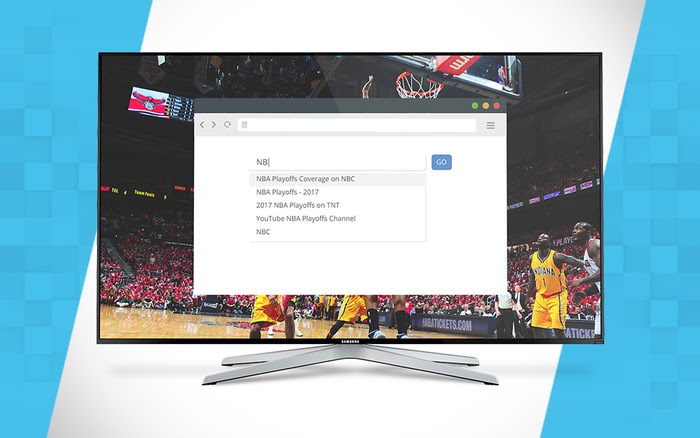The Buzz on Apollo Group Tv
The Buzz on Apollo Group Tv
Blog Article
Apollo Group Tv Things To Know Before You Get This
Table of ContentsAll about Apollo Group TvThe Only Guide to Apollo Group TvThe Basic Principles Of Apollo Group Tv Things about Apollo Group Tv
In this circumstance, as opposed to having three-minute commercial areas during a 30-minute tv program, television shows might change to one where a consumer will be needed to have a regular monthly registration, to make sure that they cen view targeted banner ads. This kind of marketing currently takes place on the net, and the quantity of information tv firms accumulate permits them to do a lot the same.Explain the major trends amongst the broadcasting and cable television networks. Popular radio shows such as cops drama Dragnet and western cowboy series Gunsmoke were adjusted for television, and brand-new TV programs were sponsored by solitary advertisers, simply as radio programs had been.
Today, the tv industry is even more complex. Programs are funded by several marketers; programs is controlled by significant media conglomerates; and the 3 significant networks no more dominate the airwaves but rather share their viewers with countless cord channels. A number of factors make up these trends within the sector, including technical developments, federal government regulations, and the development of new networks.

Unknown Facts About Apollo Group Tv
Established in 1969, (PBS) created out of a report by the Carnegie Compensation on Educational Tv, which examined the function of educational, noncommercial television on society. Public television was additionally intended to offer universal accessibility to tv for viewers in rural areas or customers that could not afford to pay for personal tv solutions.
The duration in between 1950 and 1970 is traditionally recognized as the. Other than a little part of airtime regulated by public tv, the 3 significant networks (referred to as the Big Three) dominated the television market, collectively representing greater than 95 percent of prime-time watching. In 1986, Rupert Murdoch, the head of international business Information Corp, released the Fox network, testing the prominence of the Big 3.
Targeting young and minority audiences with shows such as Buffy the Vampire Slayer, Moesha, Dawson's Creek, and The Wayans Bros., the new networks intended to draw stations away from their old network affiliations. However, instead of duplicating the success of Fox, UPN and WB battled to make an influence. Incapable to bring in several associate terminals, the 2 recently established networks reached fewer households than their bigger opponents since they were impossible in some smaller cities.
This decision led the way for the advancement of cord motion picture channels, contributing to the rapid development of cord in the 1980s and 1990s. apollo tv group. Additional deregulation of cable television in the 1984 Cable Communications Plan Act eliminated limitations on cable prices, making it possible for operators to charge what they desired for cord services as long as there worked competitors to the service (a standard that over 90 percent of all cord markets might meet)
Get This Report on Apollo Group Tv

Having actually developed the initial "superstation," Turner expanded his realm by establishing 24-hour news network CNN in 1980. At the end of the year, 28 nationwide programs solutions were readily available, and the cable revolution had begun. Over the next years, the sector underwent a period of quick development and appeal, and by 1994 viewers could pick from 94 basic and 20 premium cable services.
Number 9 - https://pubhtml5.com/homepage/ipmeh/.16 Enhanced competitors from wire channels has triggered a stable decline in the networks' audience scores. Throughout the 1950s, the cost of producing a single tv program raised as shows became longer and manufacturing prices rose. Sponsorship on network tv shifted from single sponsorship, in which a program was completely sustained and generated by one marketer, to numerous sponsorship, in which marketers got 1- or 2-minute spots on the program
Each action needs to be a minimum of one paragraph. Pick one of the Big Four networks and print out its regular programs schedule. Watch the network's prime-time programs throughout a week, keeping in mind the target market for each show. Observe the advertising and marketing enrollers that support each program and contrast how the products and services fit with the designated audience.
Our Apollo Group Tv PDFs

Linear TV, frequently referred to as conventional broadcast TV, encompasses wire and satellite tv., believe of it as the traditional method of viewing TV that has actually been around for years.
Report this page